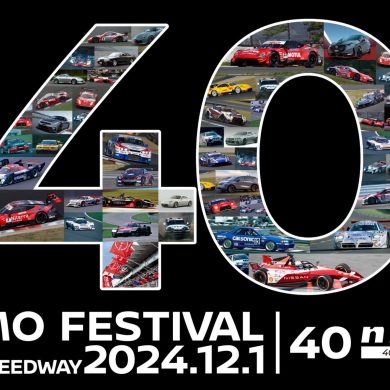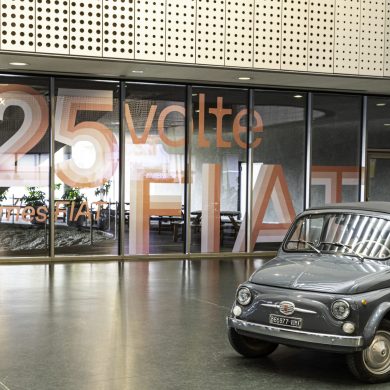
Η Alfa Romeo since its creation in 1910, it has developed a very close relationship with racing, with its presence in it allowing it to develop new technologies faster, setting it apart from the competition, while its successes on roads and circuits around the world have boosted the popularity of its models and the reputation of the brand as a whole.

One such case is that of 155, a model that was initially accused of being a victim of "badge enginnering", but soon gave its answer to critics through racing. With the 155 GTA winning the Italian Superturismo Championship in 1992, the 155 GTA was the occasion for Alfa Romeo to very soon prepare its "invasion" of the German's home turf.

In the 1990s, the Deutsche Tourenwagen Meisterschaft - better known in our country as the DTM - was extremely popular, far beyond the borders of Germany. The regulations allowed teams to present radically modified versions of production cars, with the result being impressive in terms of performance, sound and appearance. Some of the few things that could not be modified were engine capacity and engine block material. Meanwhile, in 1993, a new regulation in the D1 class limited the number of cylinders to 6 and the capacity to 2.5 litres.

Under the leadership of Giorgio Pianta, Alfa Romeo's racing team, Alfa Corse, designed an impressive race car around the "monobloc" 2.5 (2,498 cc) V6 engine of the 155 production car (the two sides of the V engine block were made from a one-piece block). From there the engineers were completely free to create and thus the 155 2.5 V6 TI was born.

First of all, the engineers turned the engine by 90ο, placing it in a longitudinal arrangement, so as to apply the transmission to all four wheels, where through a 6-speed gearbox the front wheels received 33% of the torque and the rear wheels the remaining 67%. The intake valves were made of titanium, there was of course a dry lubrication system, but also an electronic system that worked in conjunction with two triiodic catalytic converters that limited emissions. Weighing just 110 kilograms, the V6 engine produced 420 horsepower at 11,800 rpm, with the entire 155 V6 TI weighing just 1,040 kilograms, due in part to the carbon fiber bodywork. The top speed of this special 155 reached 260-300km/h depending on the transmission and aerodynamic wing settings.

It is said that the ugly-looking race cars are the ones that win the race. The 155 V6 TI proved the opposite emphatically, as despite its beautiful bodywork it managed to win its debut race in the first DTM race of 1993 at the Zolder circuit. Nicola Larini, among an army of Mercedes-Benz, BMW and Opel, gave a first glimpse of the potential of the new Alfa Romeo racing car he would drive to triumph, winning almost half of the season's victories and of course the German title. The aggressive nose, wide wings and above all the distinctive upturned quad exhaust tips that dominated the rear along with the distinctive black aerodynamic spoiler created the most distinctive presence in the event.

In addition to the top aerodynamic performance and the power of the atmospheric V6 engine - which also impressed with its sound - the choice of all-wheel drive for the transmission was crucial to Alfa Romeo's triumphant progress. This became clear in races in the rain, such as Zolder, where Larini was followed in second place by Christian Danner also in a 155 V6 TI, while in the second race Alfa Romeo went 1-2-3 with Larini, Danner and Nannini.

At the end of the year Larini finished with 261 points, with 2ο Roland Asch scoring just 204 points driving the AMG-Mercedes 190E. At the same time the 155 2.5 V6 TI had won 12 of the 20 races of the Deutsche Tourenwagen Meisterschaft for 1993, surprising the public and the competition with its dynamics. By the end of its career in 1996, the Alfa Romeo 155 V6 TI would win a total of 38 victories and would go down in history as one of the most distinctive racing cars, particularly for the sound of its V6 engine, which has been the subject of hundreds of YouTube videos, including the one below:






